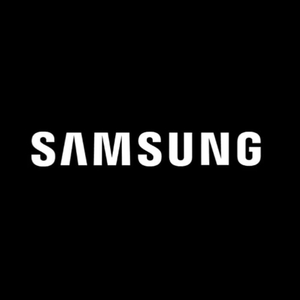Further $100 off if you trade in your old monitor.
Further $50 off with the Samsung EOFY voucher.
Further 10% off with the Samsung loyalty coupon acquired via livechat.
Far better deal than the lousy JB deal that got posted (https://www.ozbargain.com.au/node/912105)
This the newer model, and what really sells it is the steeper 1000R curve, making it much more ergonomic than all the other 49inch OLEDs with their 1800R curve..
Note: The product title displayed on Samsung is incorrect. This is a VA monitor, not an OLED. The specifications of the monitor can be found halfway down the page.
This product cannot be delivered to a number of postcodes in NSW, QLD, VIC and WA (as well as all of TAS and NT).




Good to see someone else spotted this. They're offering 15% loyalty at the moment? Nice.
EDIT: Wait, this is VA but mislabelled at the top of the page… wild.
The G91SD is listed, but would be $1170 with the stacks. Maybe just get the G93SD at $1250 with the above discount stacks.